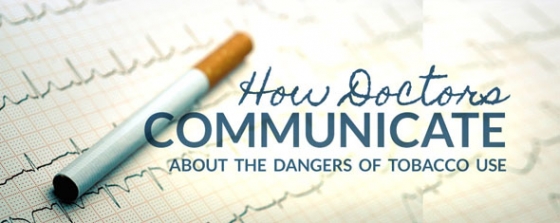Smart Talk Tuesday, March 24, 2015
One in twenty people will develop colon cancer at some point in their lives. Unfortunately, colon cancer has the second-highest cancer death rate in Pennsylvania. The good news is that there are preventative measures that can be taken to reduce the risk.
Family history makes a difference but so do diet, physical activity, and smoking and alcohol use.
Many people may feel nervous about having invasive preventative tests, but with the right lifestyle habits and regular screenings, colon cancer is one of the most preventable types of cancer.
March is Colorectal Cancer Awareness Month and doctors all over our local region are encouraging their patients to get screened for colon cancer.
On this episode of Smart Talk, physicians Dr. Ray Hohl, director of Penn State Hershey Cancer Institute, and Dr. Walter Koltun, chief of the Division of Colon and Rectal Surgery at Penn State Hershey Medical Center, will discuss the causes, risk factors, symptoms, treatments and what we're learning about colon cancer.

Dr. Walter Koltun and Dr. Ray Holh
(Harrisburg) -- Some midstate teens may use indoor tanning facilities to get ready for the prom and graduation seasons.
(Lancaster) -- Many times, the first thing a person does when experiencing some unusual medical symptoms is head to the Internet.
“When I think about the ways that doctors are accessing medical applications and patient data now, I think of keywords like value and convenience,” says Dr. Michael Ripchinski, Chief Medical Information Officer and Family Physician at Lancaster General Health. “It is valuable for them to have access to record electronically so they can can continue to deliver care for patient even in the off hours. And, it is convenient that they don’t have to travel back to office to initiate or continue care for their patients.”
Cancer is the epidemic of modern times. Unlike other diseases that have plagued people throughout history like tuberculosis and polio, we haven’t yet discovered a vaccine against it. One of the most common manifestations of this disease is breast cancer, which affects not only one in eight women, but also thousands of men in the United States.
Dr. Shou Ling Leong, an educator at Penn State Hershey College of Medicine, explains that smoking cigarettes in the past was something that only men did, not women and children. But clever advertising campaigns targeted to women and children changed that.
(Harrisburg) -- The fountain behind the State Capitol is roaring with pink-colored water this month in an effort to raise breast cancer awareness.
October is National Breast Cancer Awareness Month. One doesn't have to look far to see a pink ribbon, buildings cast in pink light or fountains flowing with pink water. The color pink is associated with the cause so much during the month that everyone knows exactly what it signifies.
In the video below, Dr. Dennis Gingrich, an educator at Penn State Hershey College of Medicine, provides a brief history of smoking and the changes that have been made as a society to discourage smoking in public spaces.
Doctors and dentists are in an advantageous position to counsel patients about tobacco use and cessation. Developing relationships that allow for open and honest communication about tobacco use is key in helping patients take that critical step in deciding to quit.





















